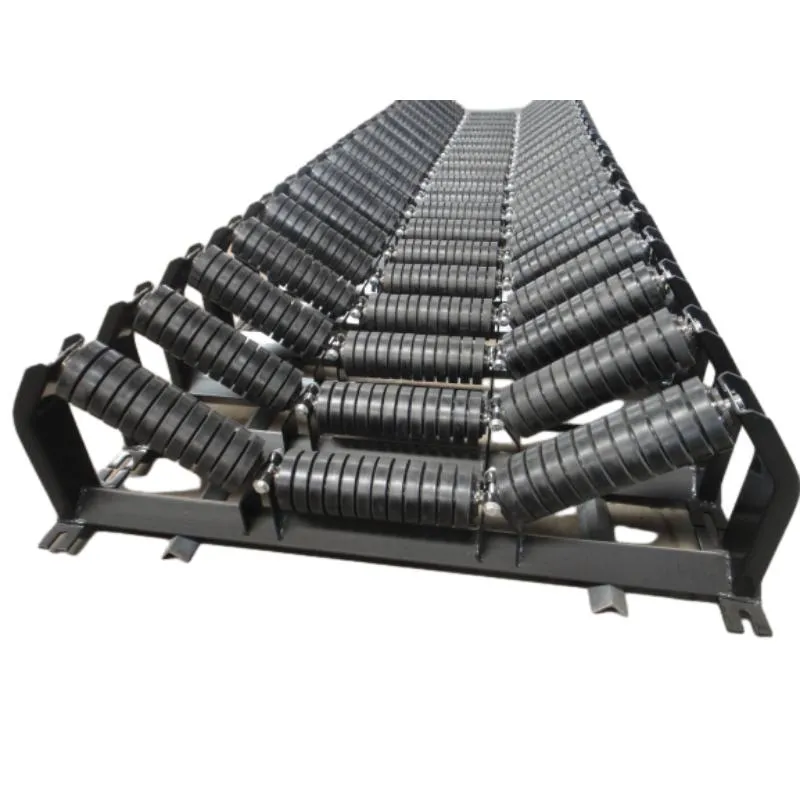 Afrikaans
Afrikaans  Albanian
Albanian  Amharic
Amharic  Arabic
Arabic  Armenian
Armenian  Azerbaijani
Azerbaijani  Basque
Basque  Belarusian
Belarusian  Bengali
Bengali  Bosnian
Bosnian  Bulgarian
Bulgarian  Catalan
Catalan  Cebuano
Cebuano  Corsican
Corsican  Croatian
Croatian  Czech
Czech  Danish
Danish  Dutch
Dutch  English
English  Esperanto
Esperanto  Estonian
Estonian  Finnish
Finnish  French
French  Frisian
Frisian  Galician
Galician  Georgian
Georgian  German
German  Greek
Greek  Gujarati
Gujarati  Haitian Creole
Haitian Creole  hausa
hausa  hawaiian
hawaiian  Hebrew
Hebrew  Hindi
Hindi  Miao
Miao  Hungarian
Hungarian  Icelandic
Icelandic  igbo
igbo  Indonesian
Indonesian  irish
irish  Italian
Italian  Japanese
Japanese  Javanese
Javanese  Kannada
Kannada  kazakh
kazakh  Khmer
Khmer  Rwandese
Rwandese  Korean
Korean  Kurdish
Kurdish  Kyrgyz
Kyrgyz  Lao
Lao  Latin
Latin  Latvian
Latvian  Lithuanian
Lithuanian  Luxembourgish
Luxembourgish  Macedonian
Macedonian  Malgashi
Malgashi  Malay
Malay  Malayalam
Malayalam  Maltese
Maltese  Maori
Maori  Marathi
Marathi  Mongolian
Mongolian  Myanmar
Myanmar  Nepali
Nepali  Norwegian
Norwegian  Norwegian
Norwegian  Occitan
Occitan  Pashto
Pashto  Persian
Persian  Polish
Polish  Portuguese
Portuguese  Punjabi
Punjabi  Romanian
Romanian  Russian
Russian  Samoan
Samoan  Scottish Gaelic
Scottish Gaelic  Serbian
Serbian  Sesotho
Sesotho  Shona
Shona  Sindhi
Sindhi  Sinhala
Sinhala  Slovak
Slovak  Slovenian
Slovenian  Somali
Somali  Spanish
Spanish  Sundanese
Sundanese  Swahili
Swahili  Swedish
Swedish  Tagalog
Tagalog  Tajik
Tajik  Tamil
Tamil  Tatar
Tatar  Telugu
Telugu  Thai
Thai  Turkish
Turkish  Turkmen
Turkmen  Ukrainian
Ukrainian  Urdu
Urdu  Uighur
Uighur  Uzbek
Uzbek  Vietnamese
Vietnamese  Welsh
Welsh  Bantu
Bantu  Yiddish
Yiddish  Yoruba
Yoruba  Zulu
Zulu Various Types of Belt Cleaning Solutions for Optimal Conveyor Efficiency
Types of Belt Cleaners Ensuring Efficient Conveyor Performance
Belt cleaners play a critical role in maintaining the efficiency and reliability of conveyor systems across various industries. These devices are designed to remove material build-up from the surface of conveyor belts, ensuring optimal performance and reducing downtime caused by excess debris. There are several types of belt cleaners, each tailored to specific applications and requirements. In this article, we will explore the main types of belt cleaners and their unique features, benefits, and applications.
1. Primary Belt Cleaners
Primary belt cleaners are installed at the discharge point of a conveyor system and are the first line of defense against material build-up. Their primary function is to remove bulk material from the belt after it has discharged its load. These cleaners are usually made of robust materials to withstand the harsh conditions of heavy-duty applications.
One common type of primary cleaner is the blades-style cleaner, equipped with a sharp, durable blade that makes contact with the belt surface. The blade is adjustable to maintain optimal pressure and effectiveness. Popular variations include the rubber and steel blade cleaners, which are effective for different types of materials and environments. For instance, rubber blades are often chosen for delicate applications to avoid damaging the belt.
Secondary belt cleaners are installed further down the conveyor system and work in conjunction with primary cleaners to ensure that any residual material left on the belt is effectively removed. These cleaners are particularly important in applications where material carryback could lead to operational issues or safety hazards.
One widely used type of secondary cleaner is the pressure-type cleaner, which utilizes a spring-loaded design to maintain constant pressure against the belt. This ensures that even the most stubborn residues are scraped off the surface. These cleaners can be fitted with various blade materials, including urethane or carbide, depending on the application and the type of material being handled.
3. Modular Belt Cleaners
Modular belt cleaners offer flexibility and adaptability for users who need custom solutions. These systems consist of individual cleaning modules that can be assembled in various configurations to accommodate different conveyor sizes and material types. The modular design allows for easy replacement of parts, minimizing maintenance time and costs.
types of belt cleaners

Modular cleaners can include a combination of both primary and secondary cleaning technologies, making them suitable for a wide range of industries, from food processing to mineral extraction. Their adaptability is a significant advantage in environments where material characteristics can change frequently.
4. Specialty Cleaners
In addition to the standard primary and secondary cleaners, there are specialty cleaners designed for specific applications. For example, wash-down cleaners are ideal for industries like food processing, where hygiene standards must be upheld. These cleaners often feature materials that withstand harsh cleaning agents and can be easily disassembled for thorough cleaning.
Another type is the magnetic belt cleaner, which is particularly effective in removing ferrous contaminants from belt surfaces. These are crucial in recycling and mining operations, where metal fragments often cause contamination and damage.
5. Considerations for Selecting Belt Cleaners
When choosing the right belt cleaner, several factors should be considered to ensure optimal performance. These include the type of material being conveyed, the belt speed, the environment of operation (indoor vs. outdoor), and the specific challenges encountered, such as moisture or dust.
The selection process should begin with a detailed assessment of the conveyor system's requirements, followed by consultations with manufacturers and industry experts. By understanding the characteristics of various belt cleaners, operators can make informed decisions that enhance conveyor performance, reduce maintenance costs, and improve overall efficiency.
Conclusion
Belt cleaners are vital components in maintaining the functionality and efficiency of conveyor systems. With various types available, from primary and secondary cleaners to specialty models, users can find solutions tailored to their specific needs. By investing in the right belt cleaning technology, industries can significantly reduce carryback, enhance operational safety, and prolong the lifespan of conveyor belts. Efficient belt cleaning is an essential practice that pays off in reliability and productivity.
-
Revolutionizing Conveyor Reliability with Advanced Rubber Lagging PulleysNewsJul.22,2025
-
Powering Precision and Durability with Expert Manufacturers of Conveyor ComponentsNewsJul.22,2025
-
Optimizing Conveyor Systems with Advanced Conveyor AccessoriesNewsJul.22,2025
-
Maximize Conveyor Efficiency with Quality Conveyor Idler PulleysNewsJul.22,2025
-
Future-Proof Your Conveyor System with High-Performance Polyurethane RollerNewsJul.22,2025
-
Driving Efficiency Forward with Quality Idlers and RollersNewsJul.22,2025





























